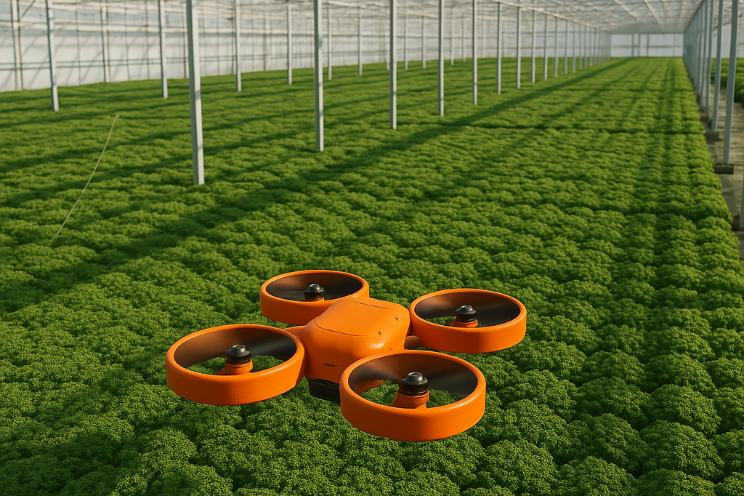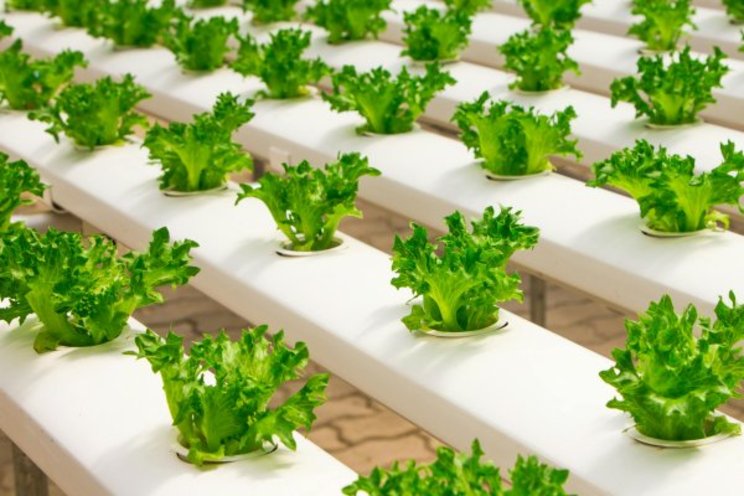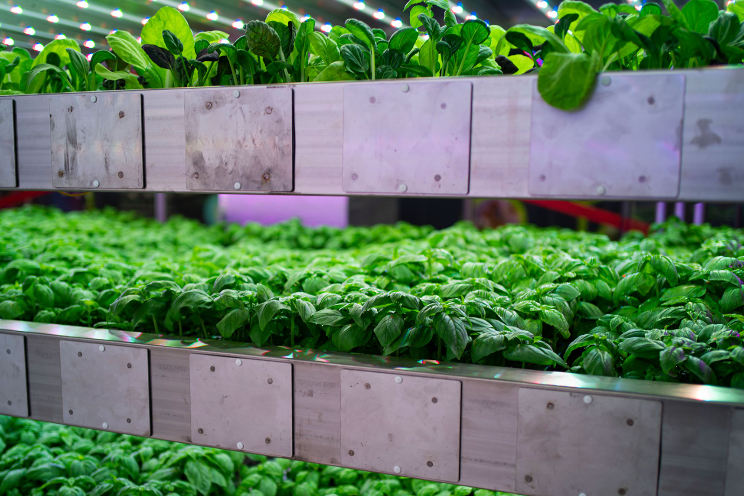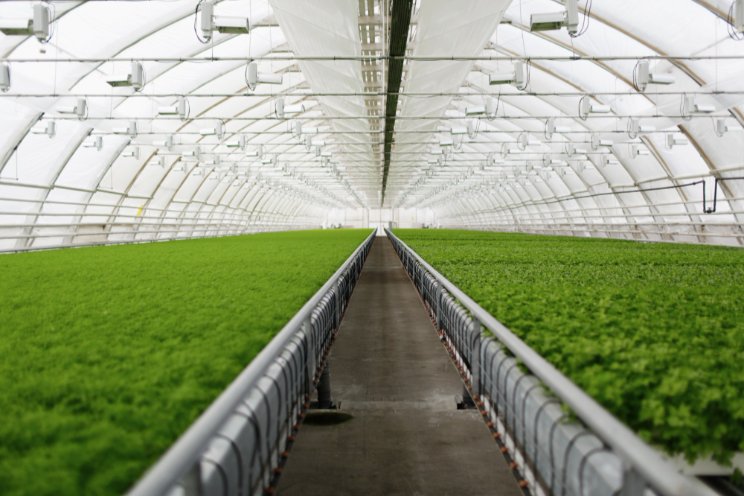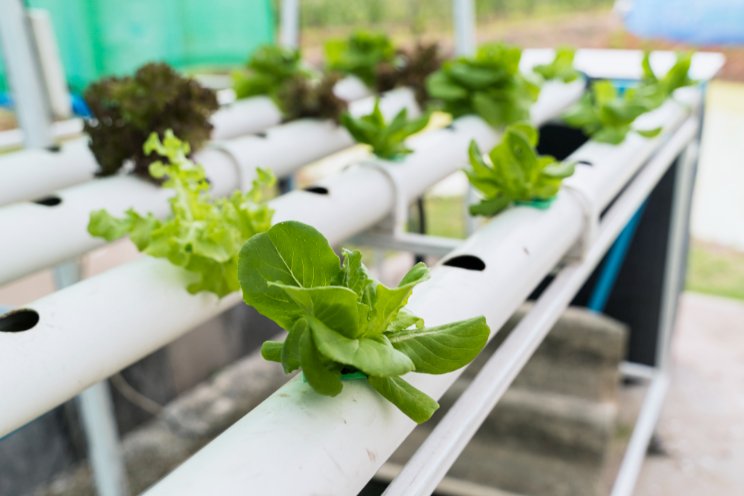Optimizing the production of cannabinoids in medical cannabis
Added on 26 July 2024
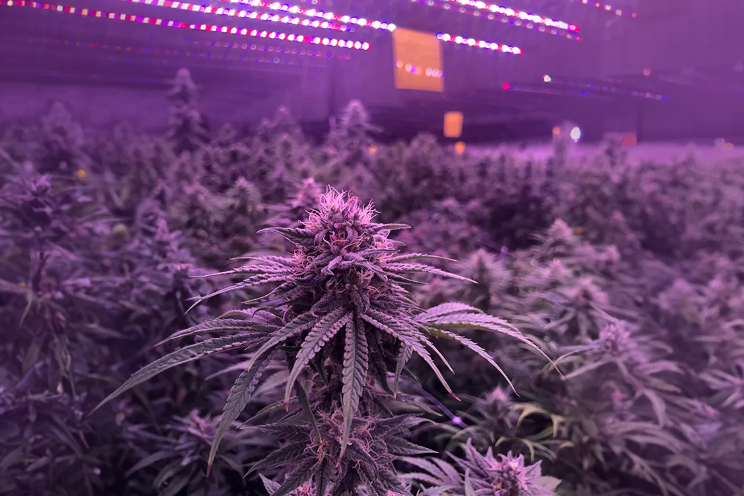
As more states approve the production of cannabis (Cannabis sativa L.) for medical applications, controlling plant growth will become more important to maximize inflorescence weight. Plant specialized metabolites (PSM) are primarily localized in cannabis female inflorescences. PSM are used to treat a variety of medical conditions, including chronic neuropathic pain, nausea, vomiting, multiple sclerosis spasticity, cancer- or HIV/AIDS-related anorexia, and Tourette’s syndrome symptoms. Ensuring consistent quantities and quality levels of PSM, particularly cannabinoids and terpenoids, is the goal of controlled environment growers producing for medical applications.
Since unprocessed cannabis inflorescences are administered directly to patients, it is critical that uniform PSM concentrations in inflorescences are achieved in order to provide constant medical results. This is why consistent controlled environment production is essential for the production of medical cannabis crops.
Spectrum impact on cannabis growth, PSM concentrations
Increasingly controlled environment cannabis growers are transitioning to the use of light emitting diode (LED) grow lights. The benefits of LEDs over conventional lights such as fluorescent and high-pressure sodium, include increased energy efficiency and efficacy, reduced heat emission, a longer lifespan and spectrum customization. LEDs maintain high photosynthetic photon flux densities (PPFD) which allows for effective light manipulation influencing plant dry matter production and development.
More news

